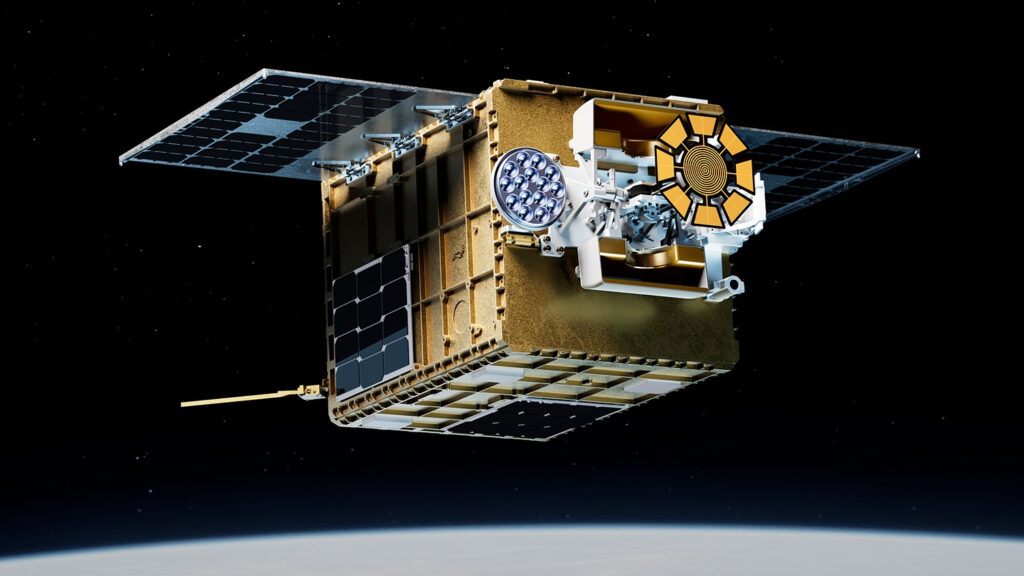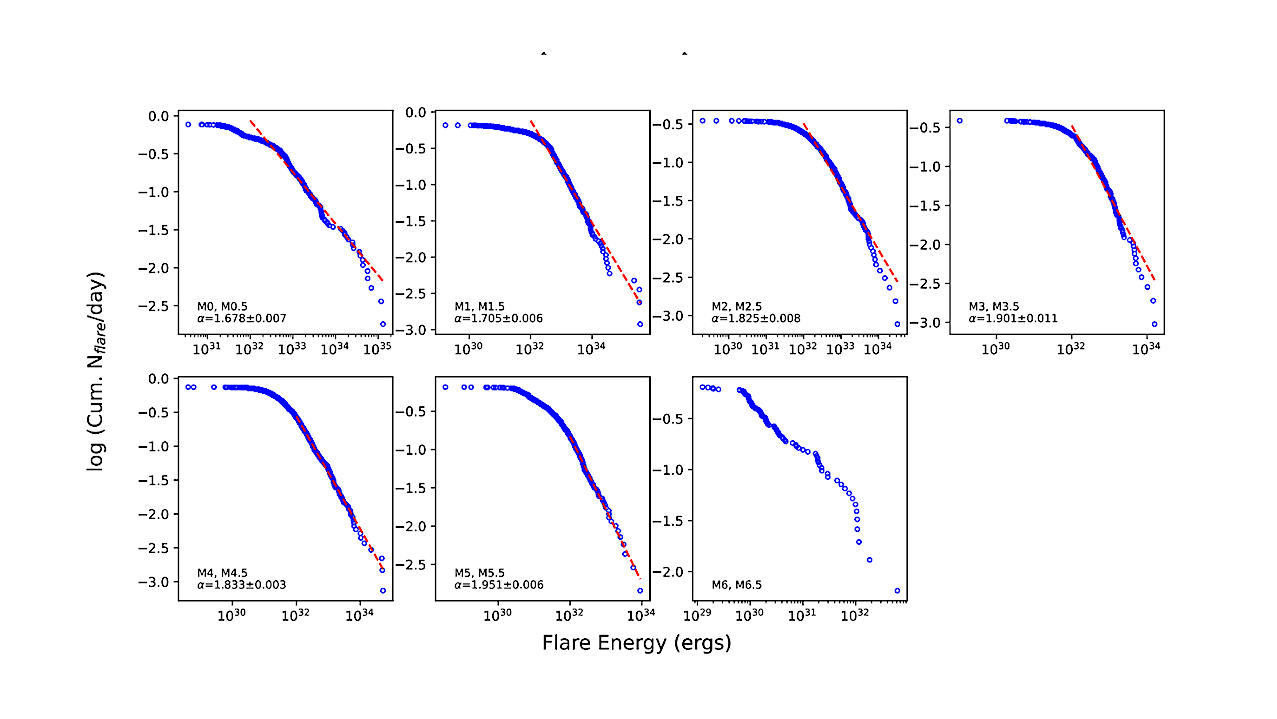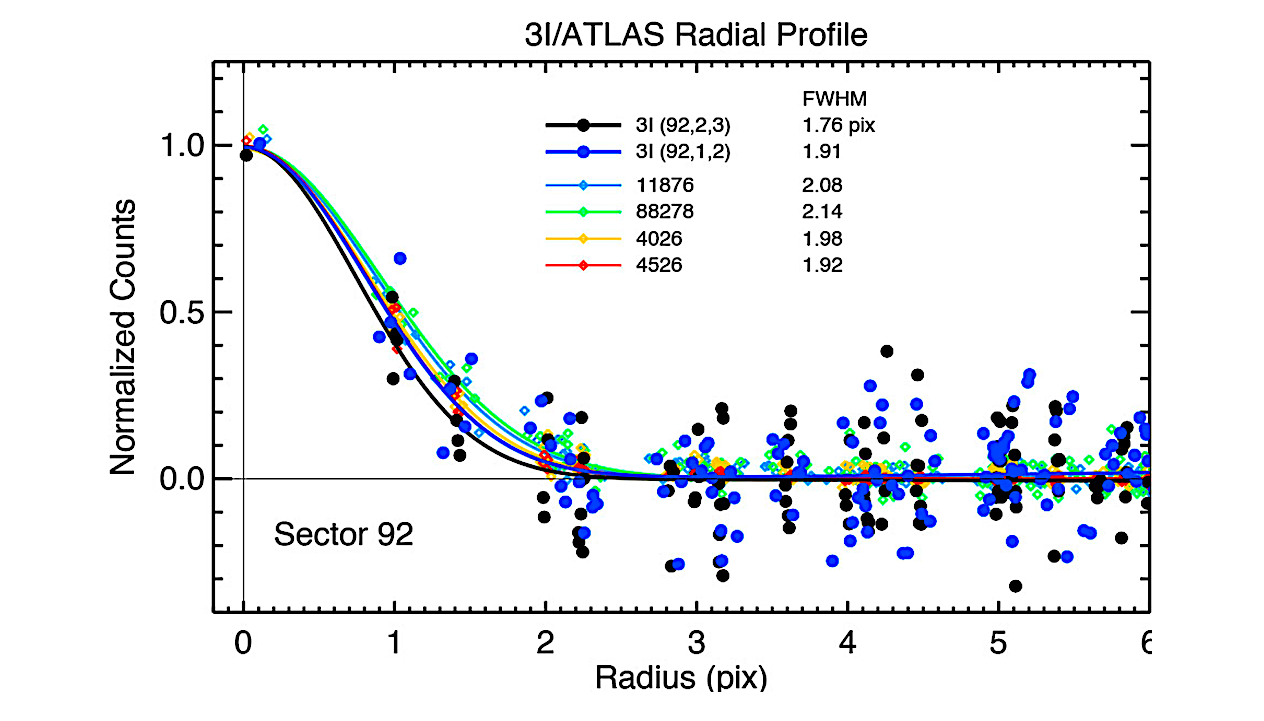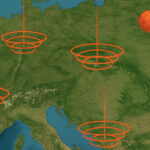Now Reading: Autumn 2025 Skywatching sights: 8 targets to see in the night sky
-
01
Autumn 2025 Skywatching sights: 8 targets to see in the night sky
Autumn 2025 Skywatching sights: 8 targets to see in the night sky
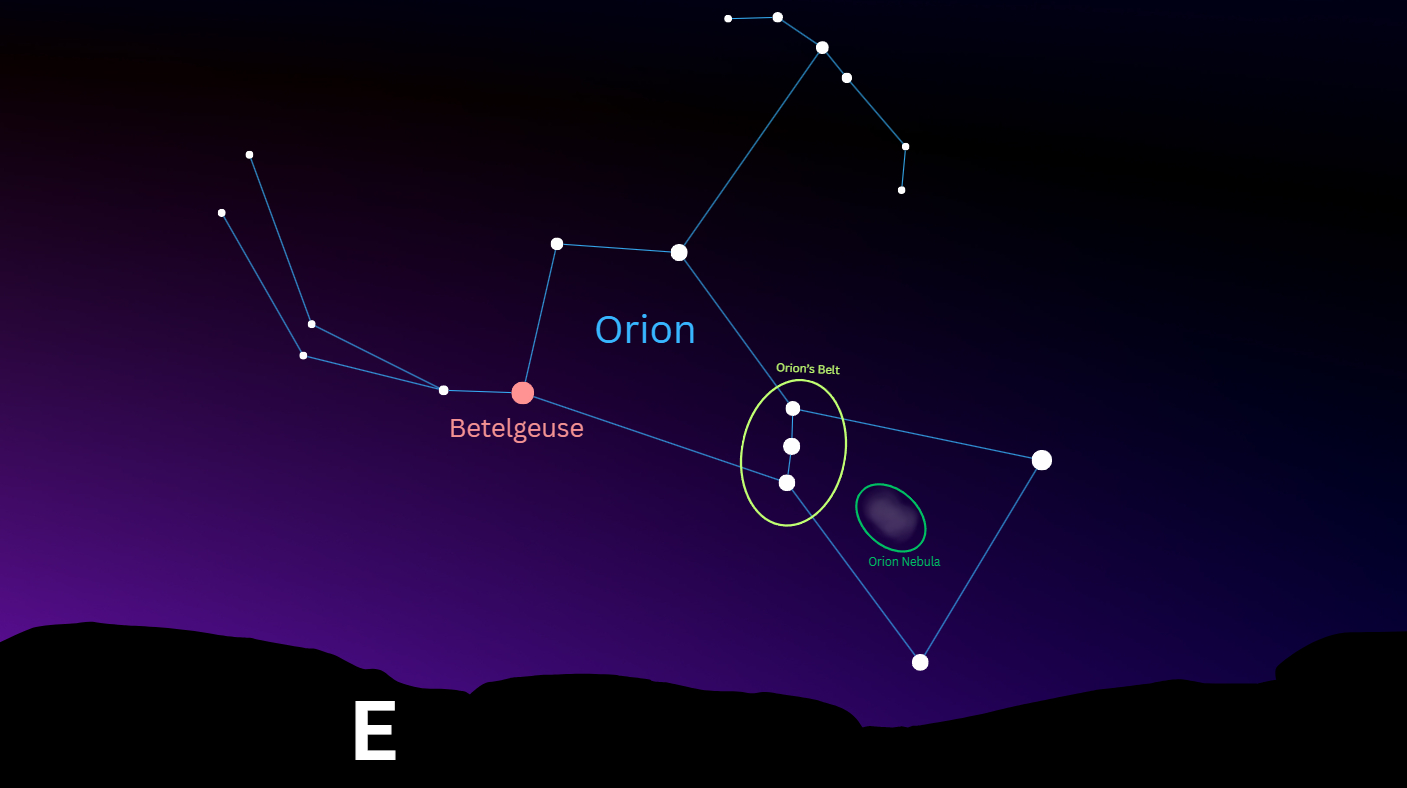
Autumn has draped itself across the northern hemisphere, heralding the onset of longer, darker nights that serve as the perfect backdrop for amateur astronomers looking to explore the wonders of the night sky.
Our sky is constantly changing as the relentless passing of the seasons and movement of the planets, moon, comets and Earth itself bring an ever-shifting array of astronomical targets into view.
Join us as we explore a selection of spectacular sights picked to highlight the diversity of the autumn sky, which will be visible both through telescopes and binoculars, or even the naked eye, assuming one particular comet continues its brightening trend!
8 skywatching targets to look out for this autumn
Orion, the hunter
The constellation Orion rises in the east around midnight in mid-October and makes for a spectacular sight in the predawn sky, by which time the stellar formation will have drifted to a position high above the southern horizon.
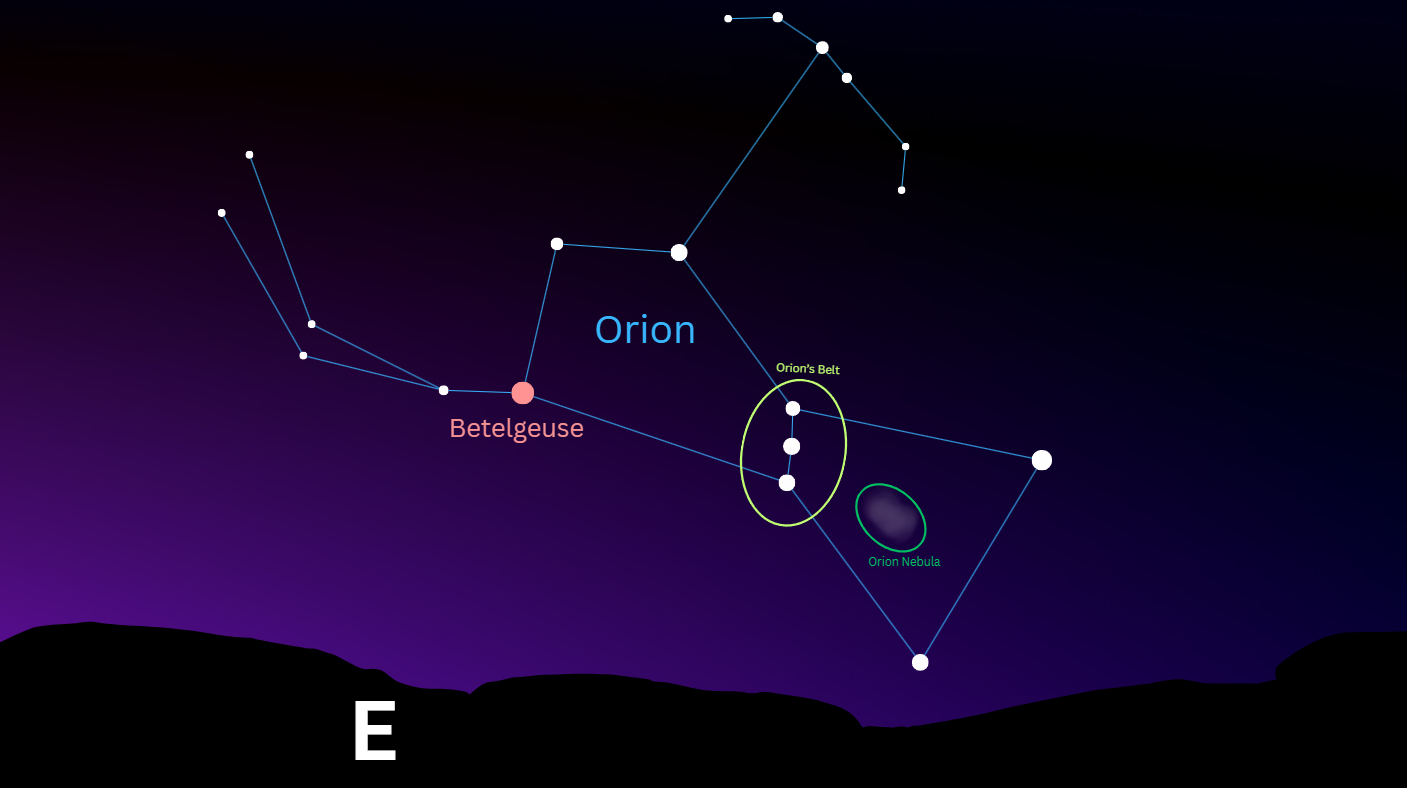
Orion’s Belt
Look for the three stars that make up the distinctive formation of Orion’s Belt — Alnitak, Alnilam and Mintaka — shining roughly 40 degrees above the southern horizon before sunrise. To estimate 10 degrees in the sky, use the width of your clenched first held at arm’s length.
Betelgeuse
Above Orion’s Belt, the red giant Betelgeuse marks the hunter’s right shoulder in constellation drawings, though it appears on the left when viewed in the sky. Betelgeuse, formally known as Alpha Orionis, will one day end its life in a spectacular supernova explosion upon exhausting the last of its fuel, which could be as bright as the full moon.
Orion Nebula
Those viewing from a dark sky location may also notice a blurry patch of light hanging about 5 degrees below Orion’s belt. That smudge is the Orion Nebula, which at a distance of just 1,500 light-years is one of the closest star-forming regions to Earth and makes for a beautiful target through binoculars or a 6-inch telescope.
The Orionid meteor shower
The Orionid meteor shower is active from Oct. 2 to Nov. 7 and reaches a peak of activity on Oct. 20-21, when up to 20 shooting stars may be seen streaking through the night sky each hour.
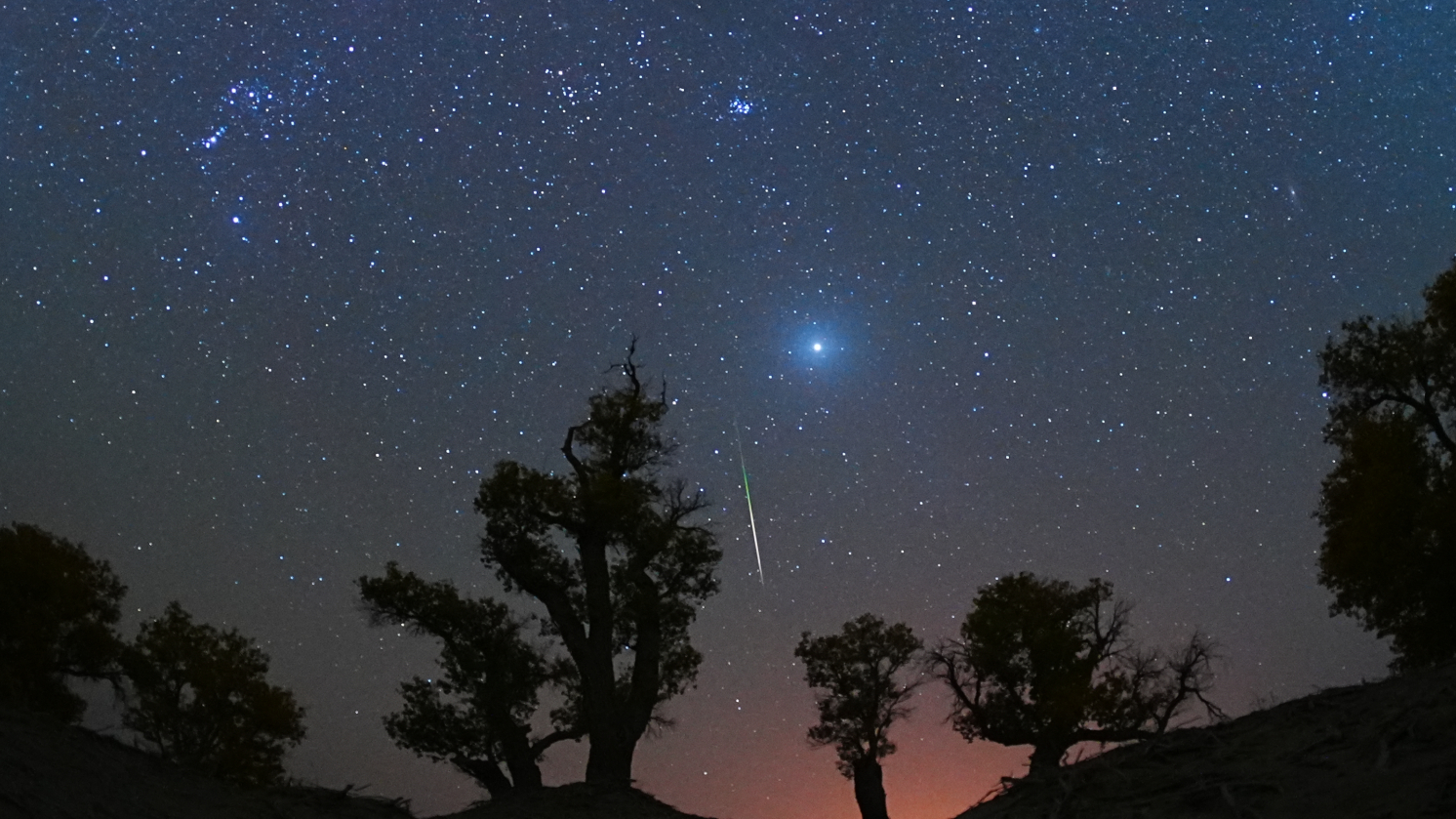
Orionid meteors appear to emanate from a point in the sky known as a radiant located close to the red giant Betelgeuse. To find meteors with the longest trails, it’s best to allow up to 30 minutes for your eyes to adjust to the dark and find a point 40 degrees above the radiant, where the meteor trails will be at their longest.
The shower is best viewed in the hours between midnight and dawn on Oct. 21 and unfolds against a stunningly dark, moonless sky.
The Andromeda Galaxy
The Andromeda Galaxy lies almost directly overhead in the hours surrounding midnight on October nights, presenting a perfect opportunity to observe the Milky Way‘s closest neighbor without the atmospheric interference that comes from being close to the horizon.
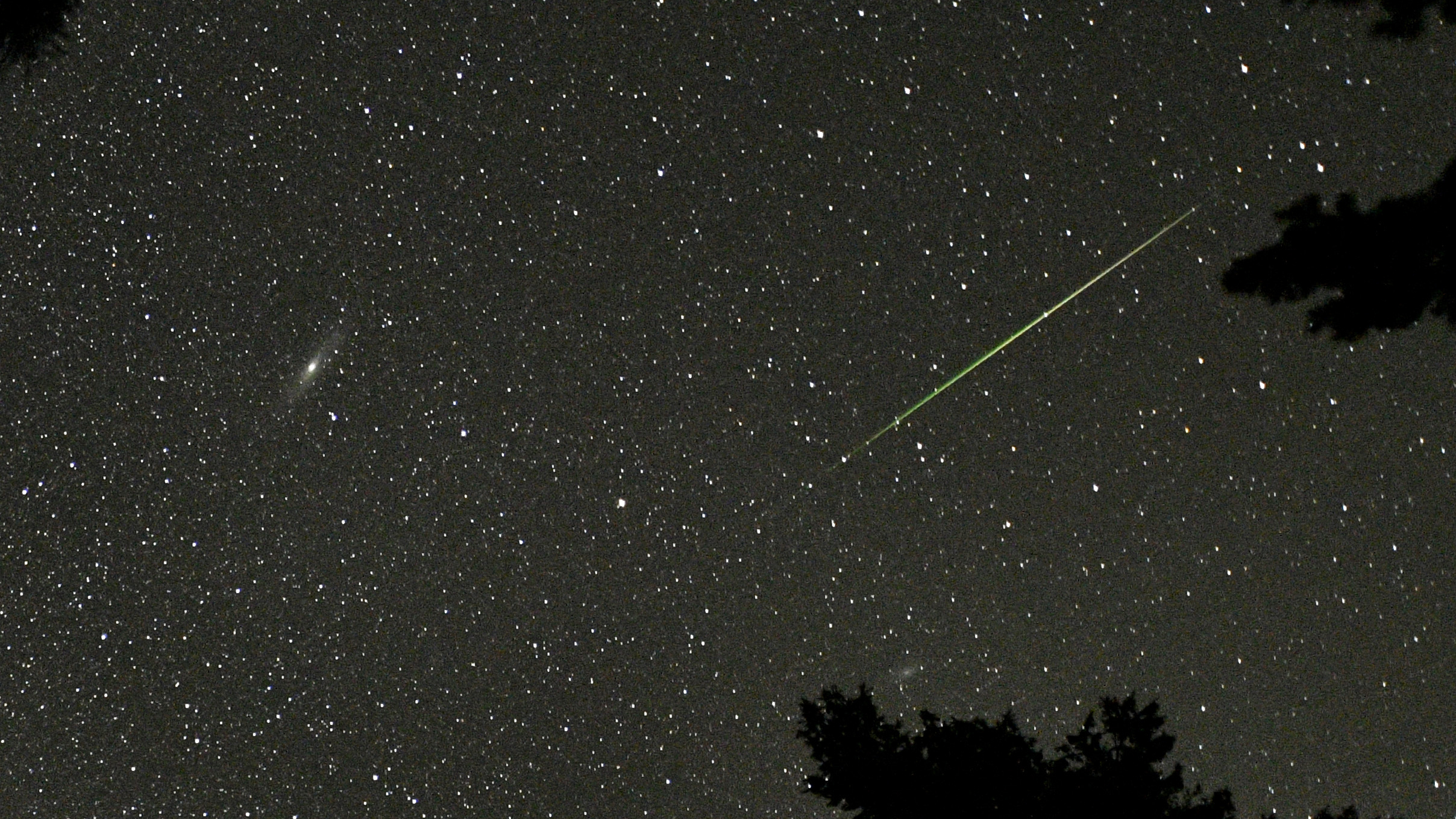
Andromeda is a vast spiral galaxy formed from the merging of multiple smaller galaxies billions of years ago. The vast cosmic structure spans about 260,000 light-years and contains over a trillion stars.
The galaxy is bright enough to be spotted by the naked eye in dark sky conditions as a faint oval-shaped blur in the night sky, while a telescope with an aperture of around 6-inches will help reveal its bright core surrounded by a haze of light.
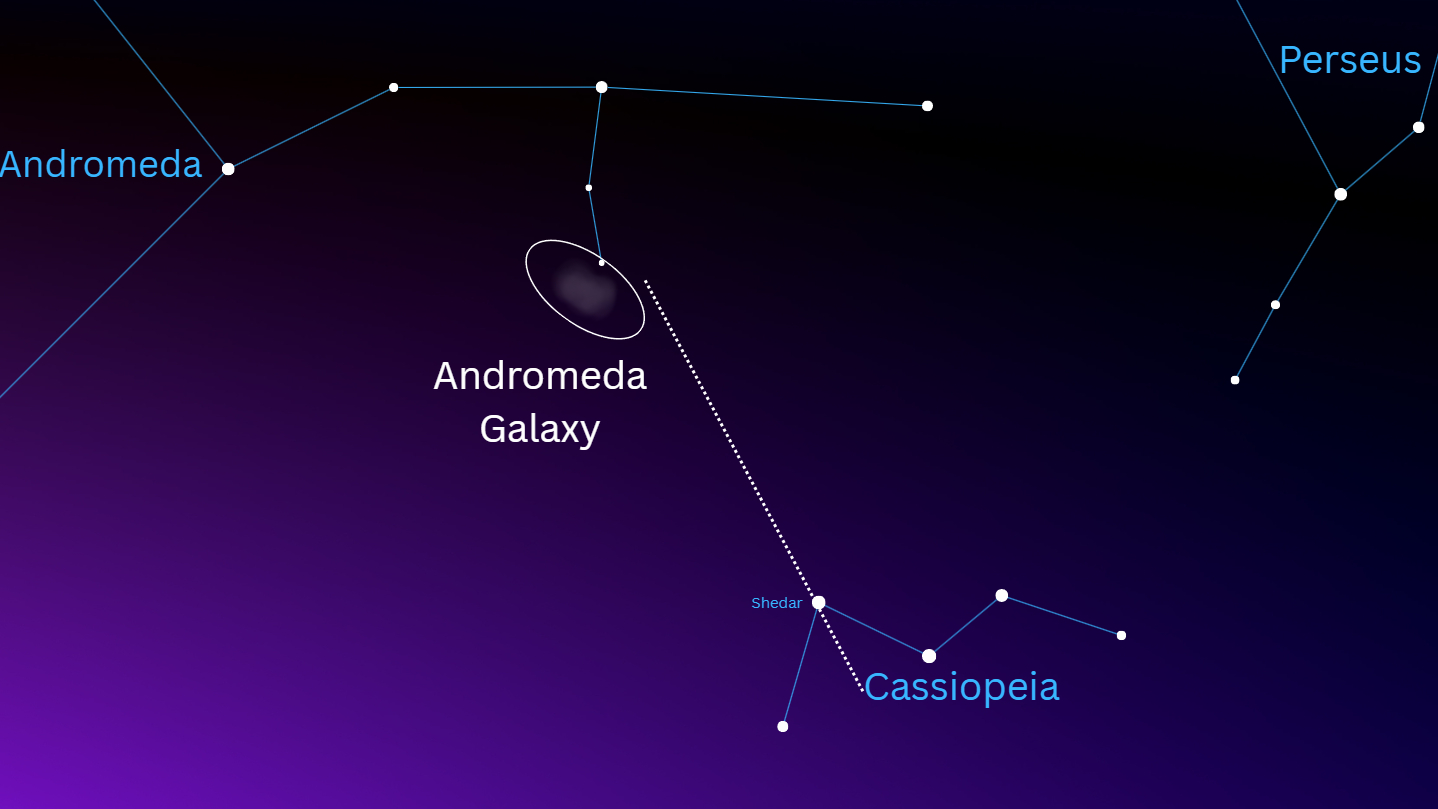
To find Andromeda, locate the constellation Cassiopeia, which forms a prominent ‘M’ shape high in the northern sky. The left three stars of the 5 star formation will form a pointer, with Alpha Cassiopeiae, or Shedar as its tip, guiding you to our galactic neighbor.
Comet C/2025 A6 (Lemmon)
Now to the wildcard on our list. Comet C/2025 A6 (Lemmon), discovered on Jan. 3 by astronomers using a 60-inch telescope located in the Mt. Lemmon Observatory in Arizona. The wandering comet has brightened significantly as it has drawn closer to the sun throughout the year, prompting an increase in activity as masses of dust and gas are shed by the wandering body and subsequently illuminated by sunlight.
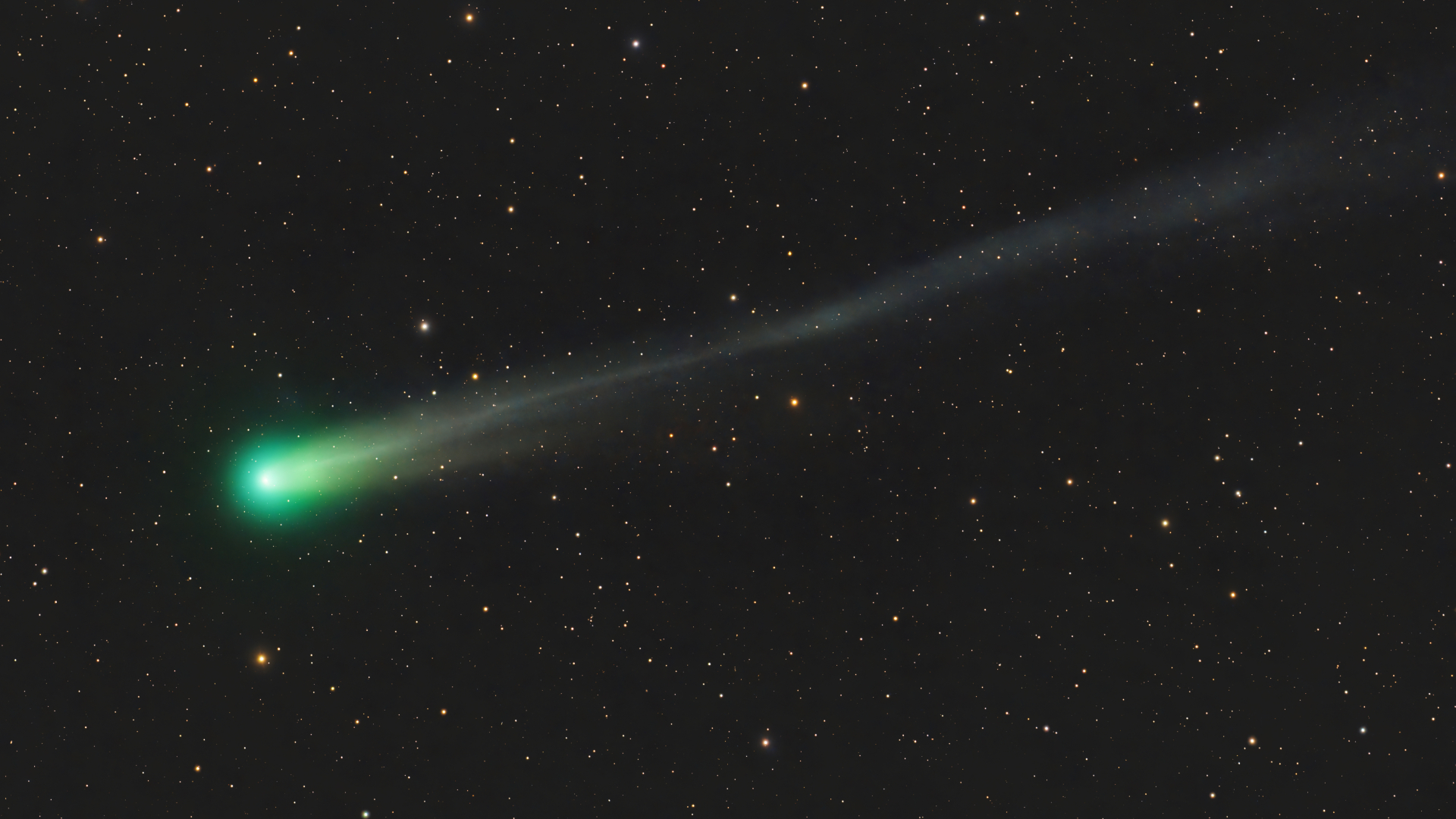
Comet Lemmon’s bright nucleus and ethereal tail are already visible as a hazy patch of light through backyard telescopes and astronomy binoculars, while many are excited by it brightening enough to become a naked eye target in the coming weeks!
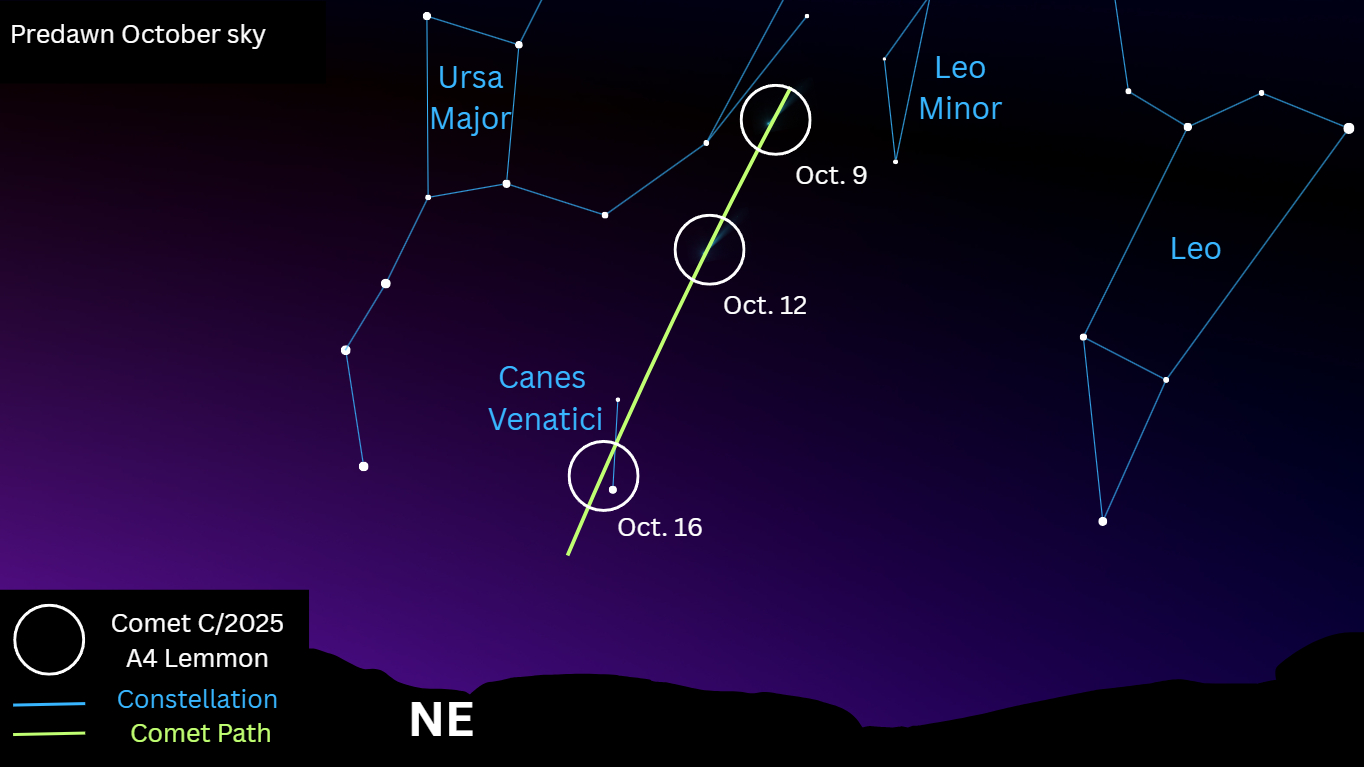
Lemmon is constantly shifting against the background stars beyond and is best viewed in the hours preceding dawn for those in the northern hemisphere. It can be found in mid-October, passing close to the bright star Psi Ursae Majoris in the constellation Ursa Major, moving towards the brightest stellar body in the constellation Canes Venatici, known as Cor Caroli.
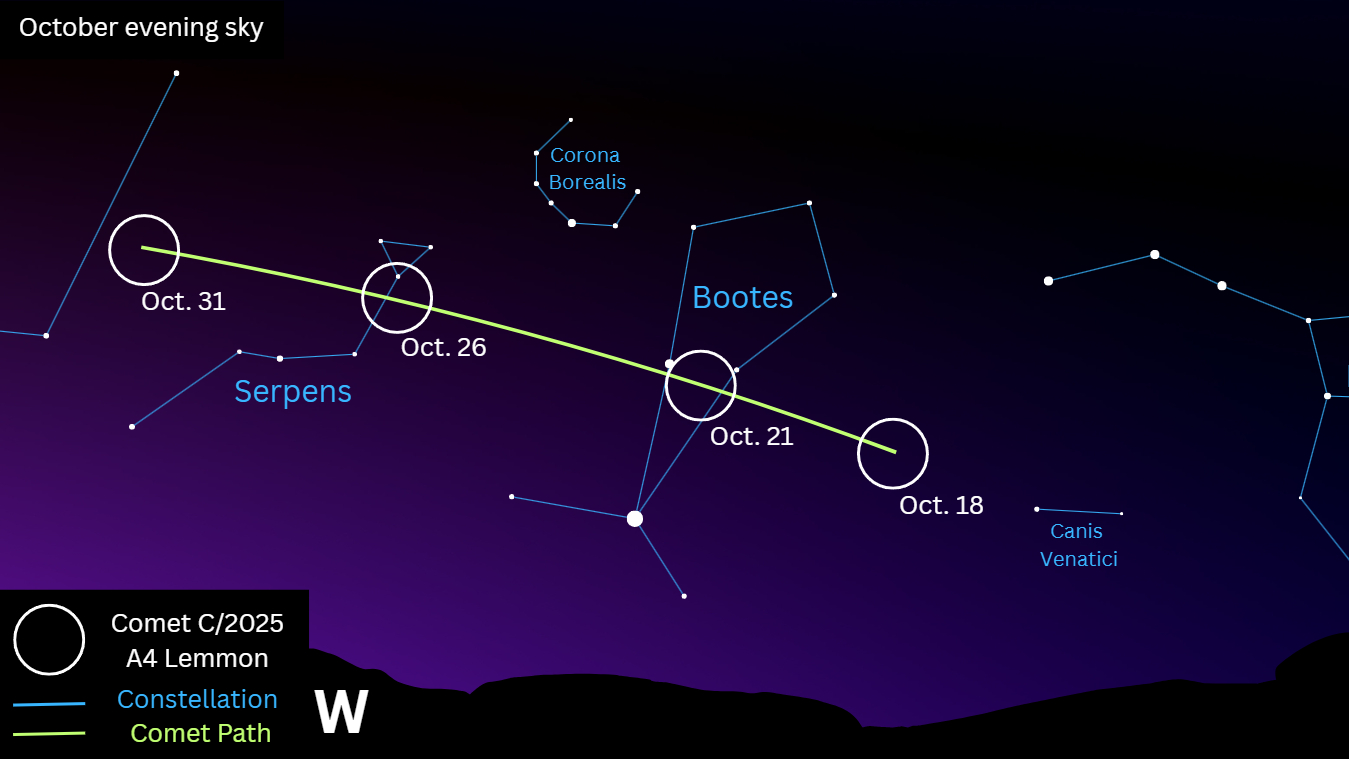
Check out our guide on how to view and photograph comets if you’re interested in capturing your own image of Comet C/2025 A6 Lemmon before it disappears from Earth’s sky for over a thousand years.
The gas giant Saturn
Saturn makes for a particularly bright and magnificent target in the Autumn months, having recently reached opposition — the point at which it is opposite the sun in our sky — just a few weeks ago.
The gas giant will appear as a bright “evening star” shining above the eastern horizon at sunset in October, below the head of the great Western Fish represented in the constellation
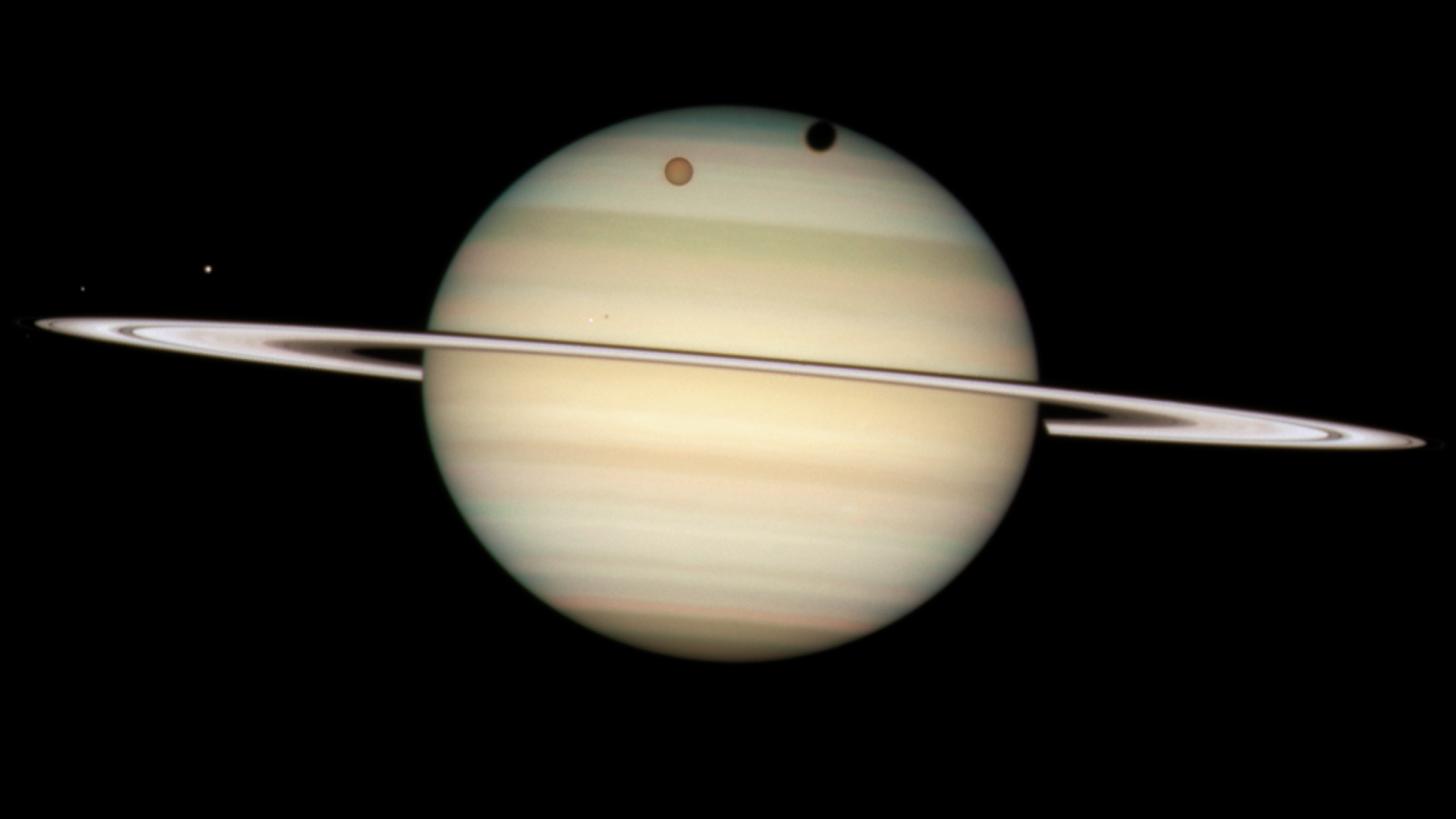
A telescope with an aperture of 6 inches or more will allow you to resolve the cloud bands dividing its majestic disk, along with the razor-thin profile of its sweeping rings, which are currently oriented almost edge-on to Earth, following its ring plane crossing in March earlier this year. It may be beneficial to fit color filters to your telescope to help reveal subtle details in Saturn’s cloud surface, according to telescope maker Celestron.
If you’re looking to upgrade your equipment, check out our guides to the best telescopes and binoculars for viewing the night sky as we move towards peak astronomy season. Our guides on the best cameras and lenses for imaging the night sky can help to ensure that you’re ready to make the most of the next big skywatching event.
Editor’s Note: If you would like to share your astrophotography with Space.com’s readers, then please send your photo(s), comments, and your name and location to spacephotos@space.com.
Stay Informed With the Latest & Most Important News
Previous Post
Next Post
-
 01From Polymerization-Enabled Folding and Assembly to Chemical Evolution: Key Processes for Emergence of Functional Polymers in the Origin of Life
01From Polymerization-Enabled Folding and Assembly to Chemical Evolution: Key Processes for Emergence of Functional Polymers in the Origin of Life -
 02Panasonic Leica Summilux DG 15mm f/1.7 ASPH review
02Panasonic Leica Summilux DG 15mm f/1.7 ASPH review -
 03How New NASA, India Earth Satellite NISAR Will See Earth
03How New NASA, India Earth Satellite NISAR Will See Earth -
 04And Thus Begins A New Year For Life On Earth
04And Thus Begins A New Year For Life On Earth -
 05Astronomy Activation Ambassadors: A New Era
05Astronomy Activation Ambassadors: A New Era -
06SpaceX launch surge helps set new global launch record in 2024
-
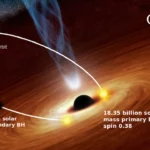 07Two Black Holes Observed Circling Each Other for the First Time
07Two Black Holes Observed Circling Each Other for the First Time














